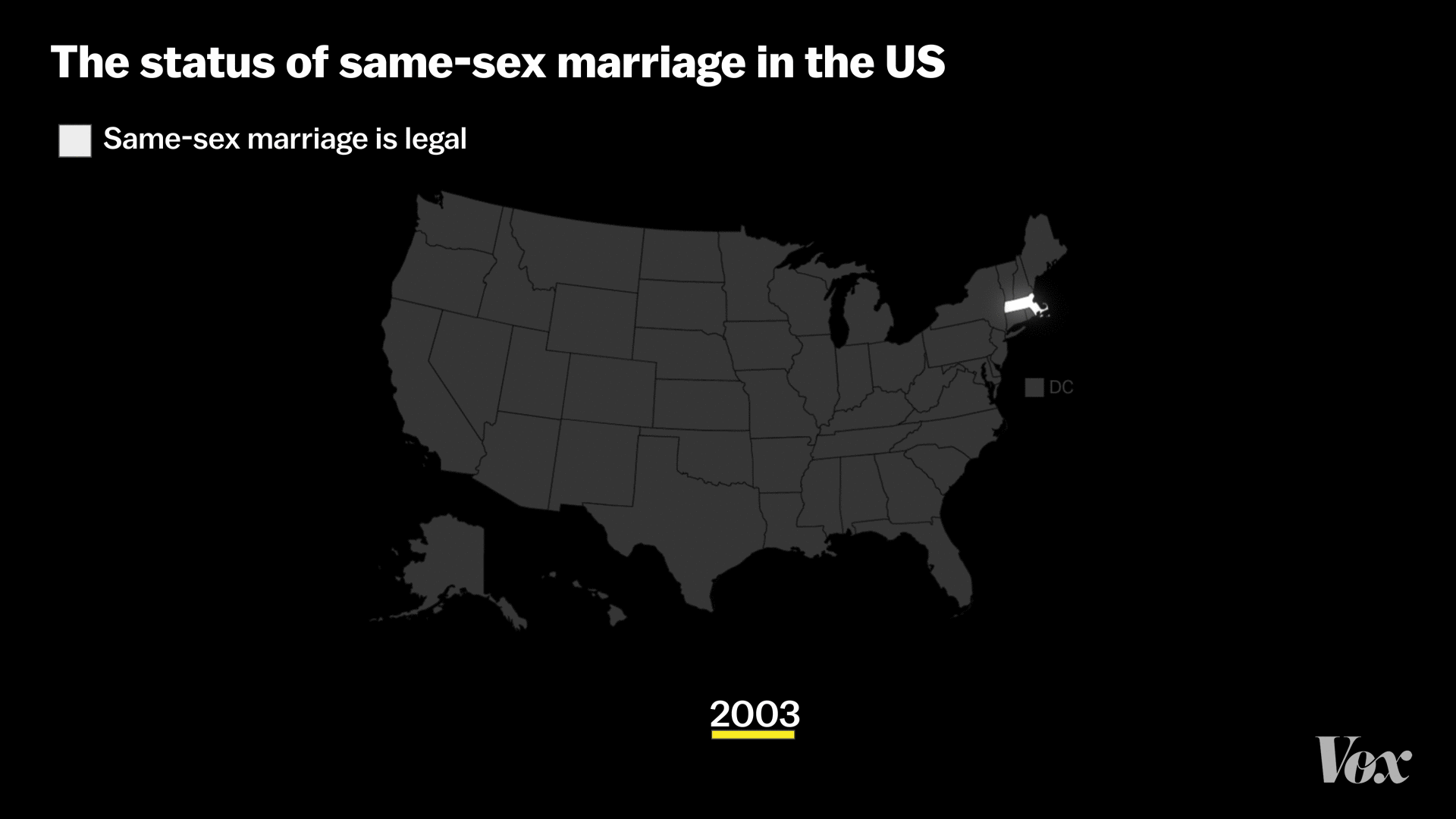The past year was tremendous for LGBTQ people in America, from the full legalization of same-sex marriage to Caitlyn Jenner to some smaller victories in nondiscrimination laws. Given just how much has happened in 2015, it’s easy to forget about all the news. So here’s a rundown of the big events from the previous year, and what they mean for the future of LGBTQ rights in the US.
1) Marriage equality
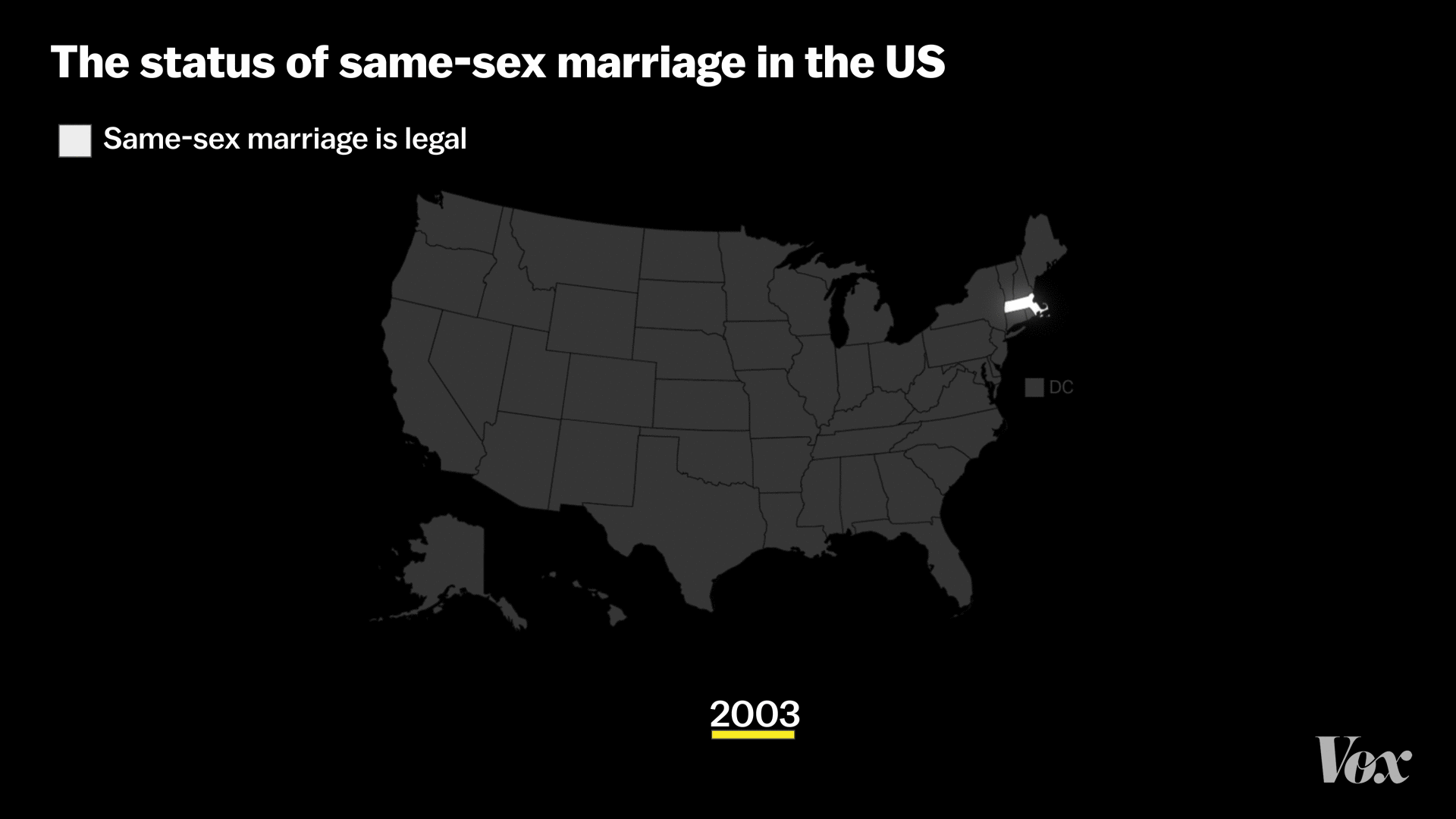
Christophe Haubursin/Vox
The biggest news of the year for LGBTQ Americans was, without a doubt, marriage equality. In June, the Supreme Court issued a sweeping decision striking down all states’ same-sex marriage bans, arguing that the prohibitive laws violated the 14th Amendment’s Due Process and Equal Protection Clauses. It was a decision decades in the making, going back to a 1970s Supreme Court case, legal battles in Hawaii in the 1990s that almost allowed same-sex marriage in the state, and a court decision in Massachusetts that made that state the first to let gay and lesbian couples marry.
The obvious consequence of this is, well, an enormous victory for LGBTQ rights: Same-sex couples can now marry across the country. But the decision also opens up LGBTQ advocates’ resources to focus on other battles, including transgender issues and laws that ban discrimination against LGBTQ people in the workplace, housing, and public accommodations (hotels, restaurants, and other places that serve the general public).
2) The fight over religious freedoms
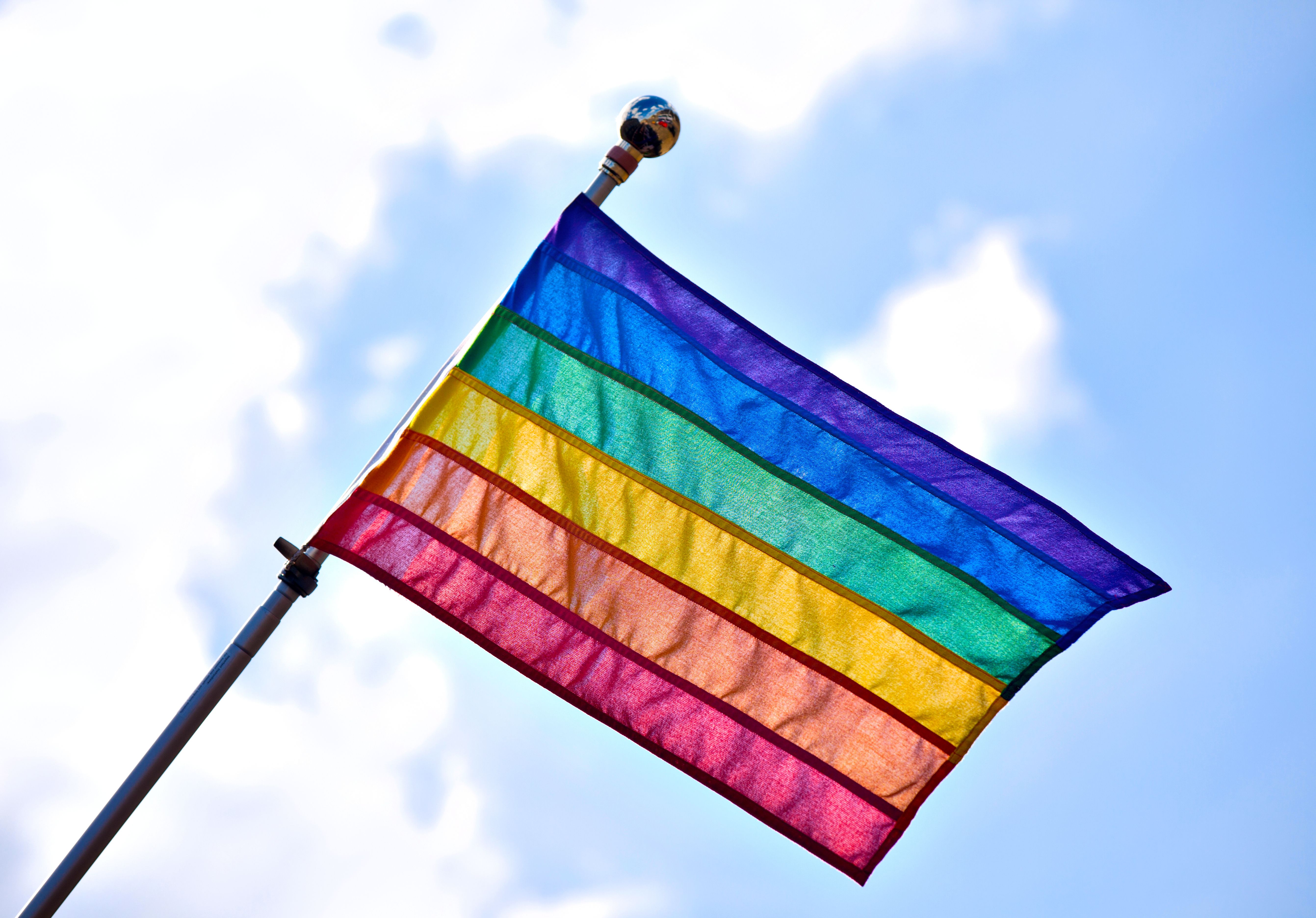
Even before the Supreme Court’s decision to allow same-sex marriage nationwide, the writing was already on the wall: More and more states were allowing same-sex couples to marry, with the support of courts and, in fewer cases, legislatures. But this also led to a backlash from conservative, religious Americans, culminating in multiple political and legal battles over religious freedom in 2015.
The most contentious battle early on was in Indiana. After the state passed a religious freedom law in March, many LGBTQ advocates raised concerns that the legislation would allow religious individuals and businesses to ignore local laws that ban discrimination against people based on sexual orientation and gender identity. Although legal experts widely agreed that Indiana’s religious freedom law would not in fact allow discrimination, the state’s religious freedom law nonetheless led to a national firestorm, eventually leading the legislature to amend the law to clarify that it doesn’t allow discrimination.
After the Supreme Court legalized same-sex marriage, the next big fight over religious freedoms occurred in Kentucky. There, Rowan County clerk Kim Davis refused to allow same-sex couples to marry, even after multiple court orders telling her to do so. Davis’s defiance led to her arrest, and eventually a compromise in which Davis isn’t held in jail and doesn’t have to issue marriage licenses but her office, meaning at least one other person on staff, must. This is exactly how religious freedom exemptions are supposed to work: Individual government officials can exempt themselves from issuing marriage licenses, but the government as a whole must find a way to issue the licenses in a way that doesn’t obstruct with same-sex couples’ right to marry.
Although the religious freedom battles, particularly the one in Indiana, don’t necessarily have to do with the spread of same-sex marriage rights, they are a response to it. As conservative opponents to LGBTQ rights have seen more losses, they have attempted to carve out some victories in their favor. So even if religious freedom laws and exemptions don’t actually allow them to discriminate or prohibit same-sex couples from marrying, opponents of LGBTQ rights still view such measures as a form of legal security to the changing times.
3) Caitlyn Jenner came out as transgender
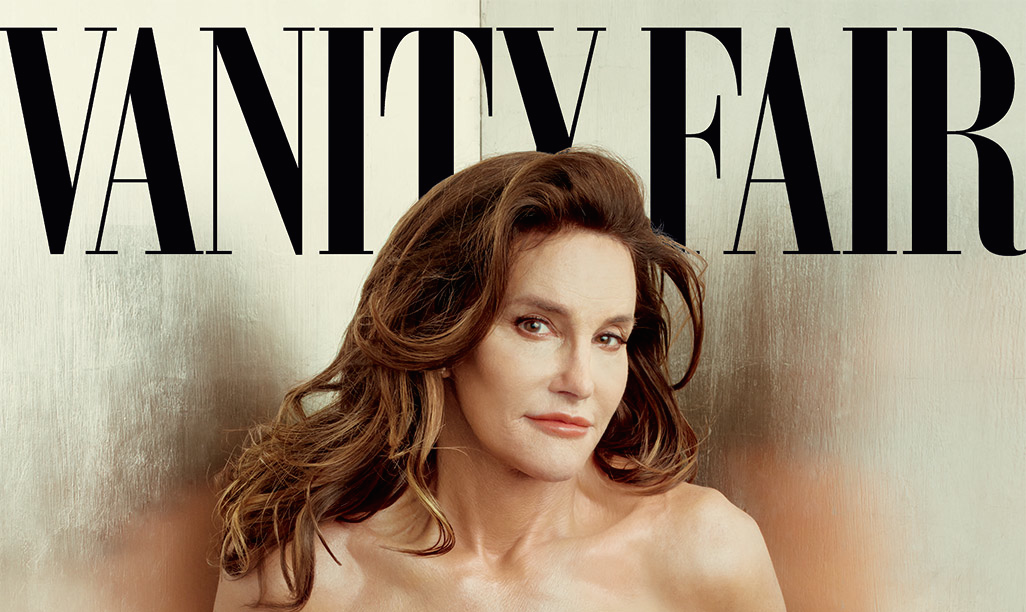
Away from the same-sex marriage and religious freedom battles, another big shift in LGBTQ rights came through the Kardashians: Caitlyn Jenner came out as transgender.
Although some people in trans communities have criticized some of Jenner’s recent comments, her very public reveal offered a big opportunity to educate people about trans issues. At Vox, we saw a lot of attention to articles such as our explainer on gender identity, card stack on trans issues, and other stories. At least at first, LGBTQ advocates similarly celebrated the opportunity, using it to highlight trans issues.
This type of education is critical to advancing trans rights. Trans people make up a very small portion of the US population: Less than 1 percent of Americans identify as trans, according data from the Williams Institute, which studies LGBTQ issues. And only one in five likely US voters say they personally know or work with a trans person, according to data from the Human Rights Campaign. So the first step in advancing trans rights in the US is educating the public on the basics and exposing Americans to trans people — similar to how TV shows and coming-out campaigns helped gay, lesbian, and bisexual Americans show other people that they are by and large just like anyone else and should be allowed to marry.
4) Utah passed an anti-discrimination law for LGBTQ people
Most state laws do not prohibit discrimination against LGBTQ people in the workplace, housing, and public accommodations. This year, a surprising state was added to the list of states that do protect LGBTQ people: Utah, one of the most conservative states in the country.
Utah passed its law with a couple of unique aspects that have irked LGBTQ advocates: no protections for LGBTQ people in public accommodations (restaurants, hotels, and other places that serve the public), and broad exemptions for religious institutions. Still, if the choice is between no protections and some, the latter is obviously a much better option.
What’s more, Utah’s model could be used to pass similar laws in other conservative states. As Robin Wilson, a law professor at the University of Illinois who helped write Utah’s nondiscrimination law, told me, religious conflicts are the major obstacle to passing LGBTQ protections in more states: “The bigger problem is that if you convince people that giving gay folks rights is going to somehow encroach on religion, it’s going to be harder to change that legislative map in the US.” If religious carve-outs help get around this issue, more states may pass nondiscrimination laws.
5) A federal agency acknowledged that the Civil Rights Act of 1964 protects gay, lesbian, and bisexual people
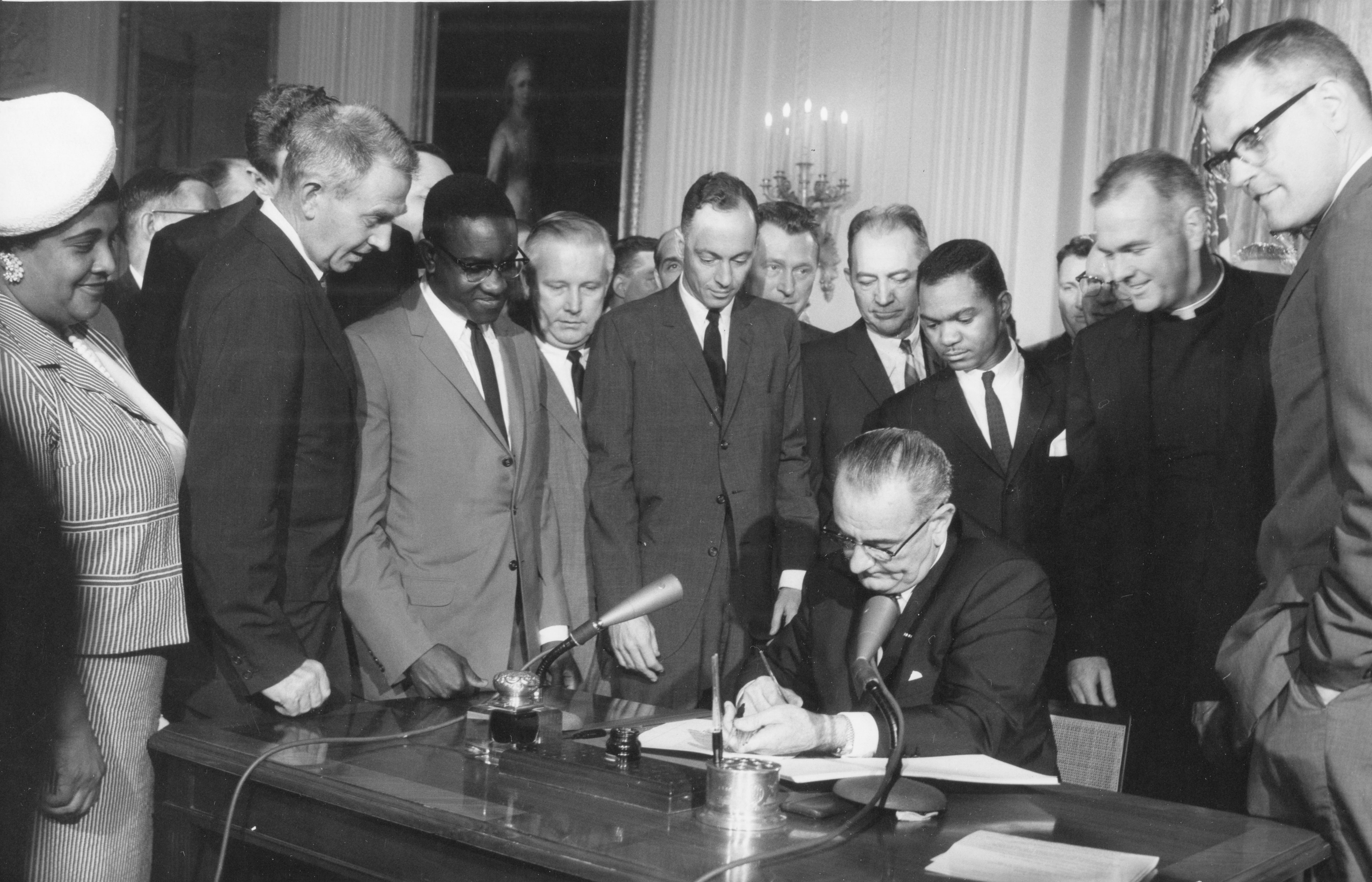
PhotoQuest via Getty Images
Although most states don’t explicitly protect against discrimination, advocates believe that some federal laws may already provide some protections: the Civil Rights Act and Fair Housing Act. Under this view, these laws’ protections for sex discrimination extend to LGBTQ people, since discrimination is rooted in expectations of what a man and woman should be like and whom they should love.
“It’s pretty uncontroversial that discriminating against a man that acts too effeminate or a woman that acts too masculine is a form of sex discrimination,” the ACLU’s Joshua Block previously told me. “That applies to lesbians and gay men, too.”
Since 2012, the Equal Employment Opportunity Commission, which oversees federal employees’ discrimination complaints, has agreed that discrimination based on gender identity is prohibited under federal law. But this year, EEOC ruled that discrimination based on sexual orientation is prohibited, too.
EEOC’s rulings are not law of the land, typically seen by courts as expert advice and nothing more. But they can influence courts, and seeing such an important federal agency rule in favor of LGBTQ rights could motivate courts in future cases regarding anti-LGBTQ discrimination to adopt EEOC’s stance as well. If these challenges work up to the Supreme Court, they could lead the court to make another ruling in favor of LGBTQ rights — this time, protecting LGBTQ Americans in the workplace and housing.
Still, there are limits to this interpretation. For one, federal public accommodations laws don’t shield against sex discrimination — only discrimination based on race, color, national origin, and religion. So even if the Supreme Court interpreted federal civil rights laws over sex discrimination to protect LGBTQ people, anti-LGBTQ discrimination in hotels, restaurants, and other places that serve the public would still be legal.
These limitations, and the uncertainties over whether the Supreme Court would adopt this interpretation in the first place, is why LGBTQ advocates want explicit protections for LGBTQ people written into law.
“There’s no substitute for being explicitly listed in the law,” Ian Thompson, LGBTQ legislative director at the ACLU, previously told me. “I also think it’s a very powerful statement to see that it is the law of the land that discrimination against individuals because of their sexual orientation or gender identity is wrong and illegal.”
6) The bad news: the return of the bathroom myth
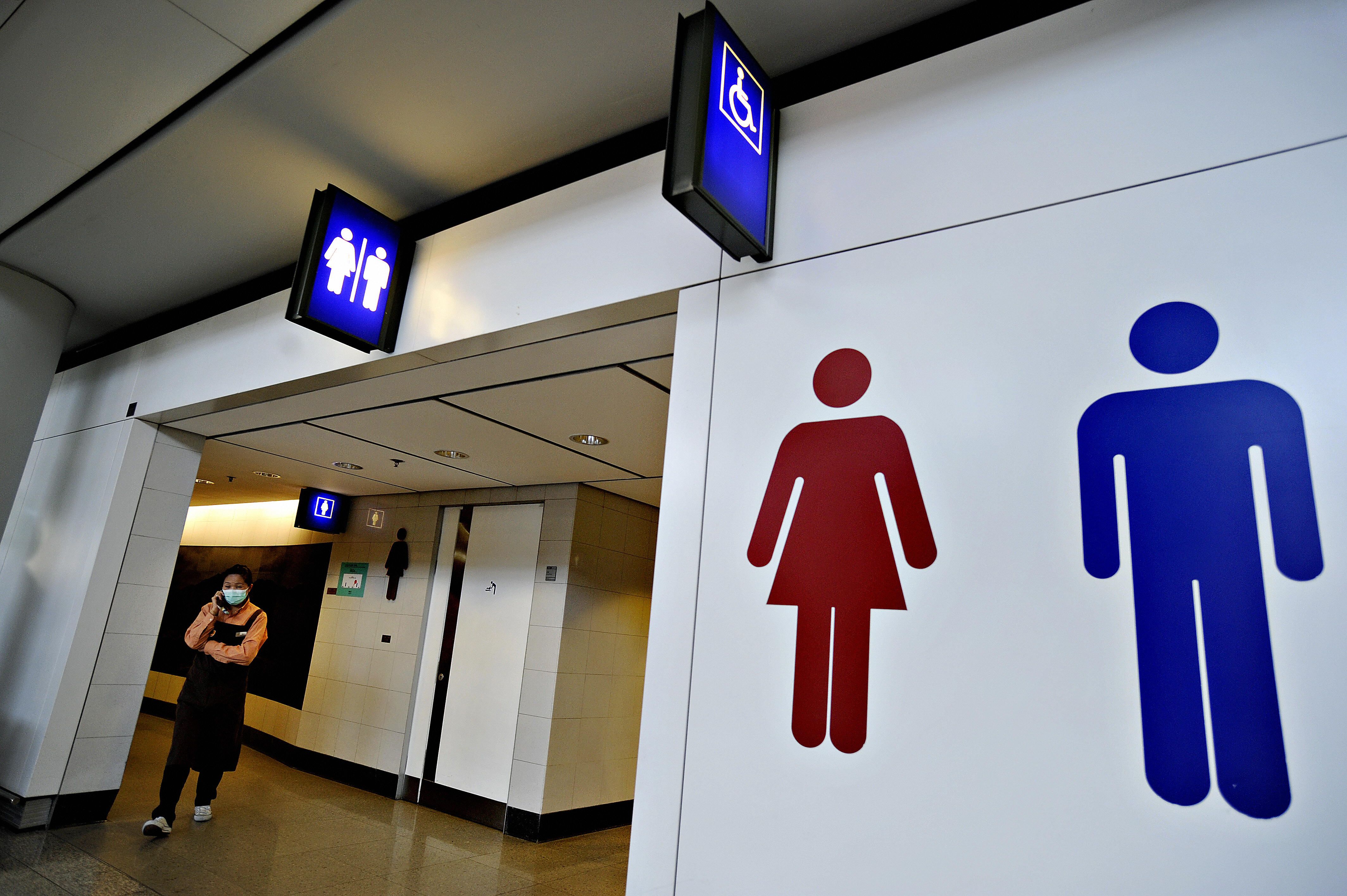
Philippe Lopez/AFP via Getty Images
Although generally a good year for LGBTQ rights, there was one major upset: Houston voters struck down a nondiscrimination law in their city.
What’s worse, they did this with an issue that has long troubled LGBTQ advocates: the bathroom myth, or the idea that men will take advantage of nondiscrimination laws to claim they’re women, use women’s bathrooms, and sexually assault women in those bathrooms.
There’s absolutely no evidence that this happens. Experts from 12 states with LGBTQ protections told Media Matters that they don’t know of a single reported instance of sexual assault in bathrooms stemming from the laws.
Nonetheless, opponents of LGBTQ rights widely propagated the myth in Houston, leading to the Houston law’s defeat. And, as Dominic Holden wrote for BuzzFeed, opponents of LGBTQ rights are already seizing on their victory in Houston to fight nondiscrimination laws in other parts of the US.
If the trend continues, and LGBTQ advocates don’t find a way to defeat this line of attack, it could seriously hinder the LGBTQ movement in the next few years.
Watch: 2015 in review
Powered by WPeMatico
